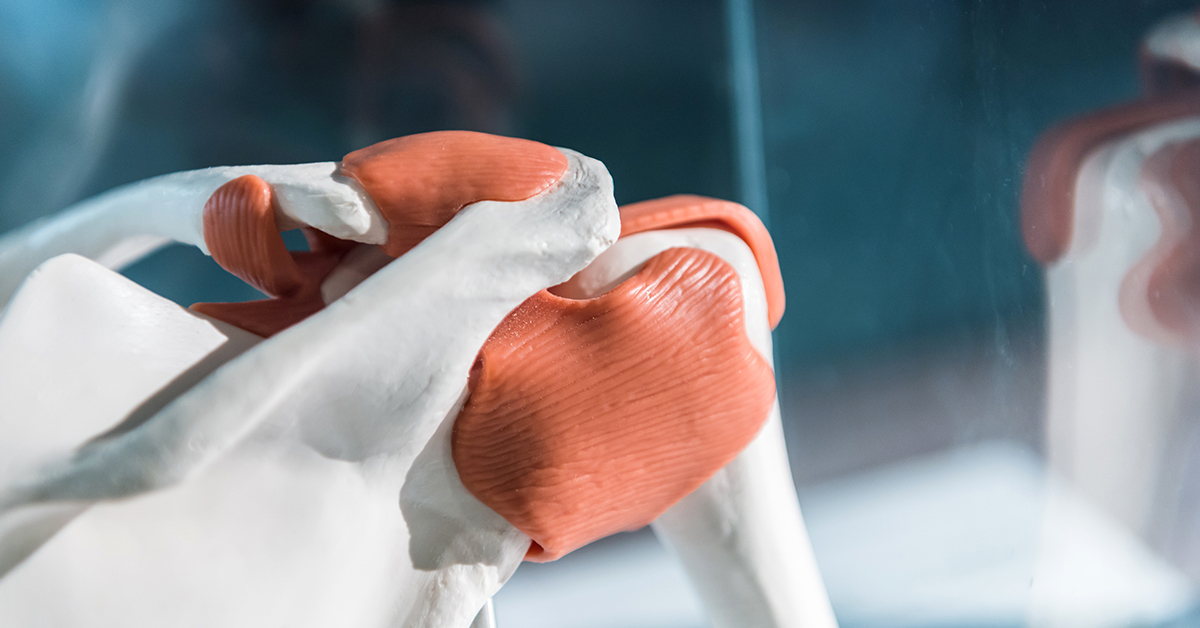
Shoulder Impingement Syndrome
Shoulder Impingement Syndrome is a condition in which the subacromial bursa and rotator cuff become compressed against the acromion, a bony protusion of the scapula. These tissues get irritated and inflamed over time as they rub against bone.
Cause
Subacromial impingement occurs when the underside of the acromion, a bone that is above the bursa, is irregularly shaped, often having a "hooked" shape. This shape can occur from development of bone spurs from osteoarthritis or other conditions, but it can also be present from birth. The abnormal bone mass can rub against the bursa, causing bursitis in the shoulder, which puts pressure on the rotator cuff.
Symptoms
Symptoms of impingement vary, but include inflammation, pain, and limited range of motion. In some cases, there will be acute shoulder pain when raising the arms over the head, laying on the affected shoulder, or reaching backwards.
Diagnosis
Diagnosis begins with a medical history and physical exam. Your doctor may test your range of motion to determine the source of the problem. X-rays may be taken, and an injection of anesthetic in the shoulder, called an impingement test, helps to determine the cause of symptoms.
Treatment
Conservative treatments like rest, injections, physical therapy, and anti-inflammatory medications are prescribed first. If conservative treatments do not treat the symptoms, your physician may recommend surgery. Surgery to treat shoulder impingement syndrome aims to create space to stop the compression of the subacromial bursa and rotator cuff.

